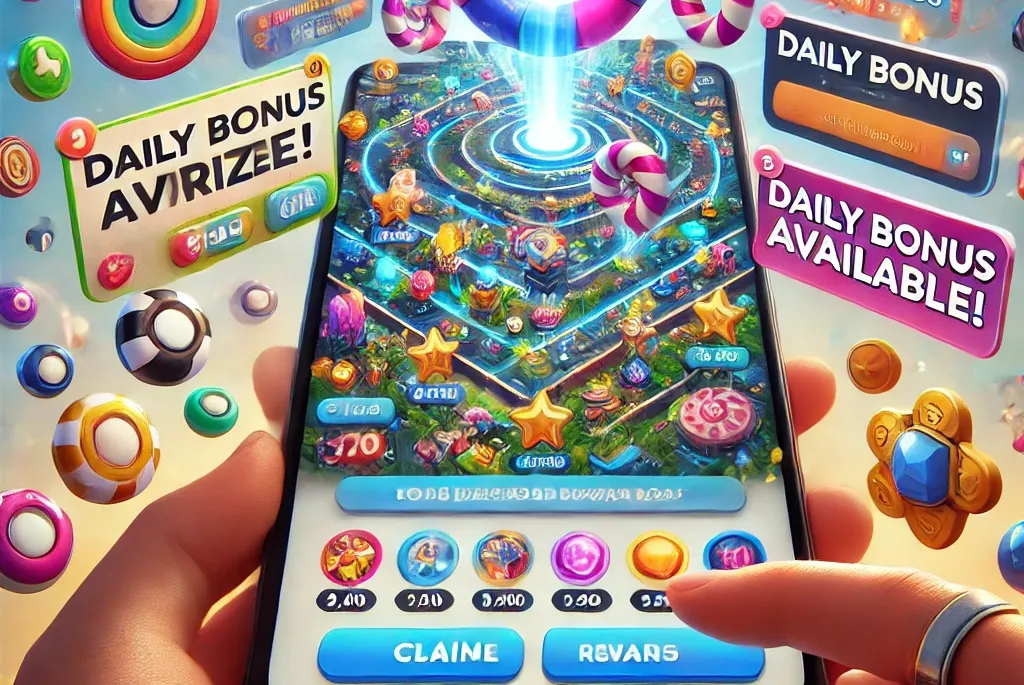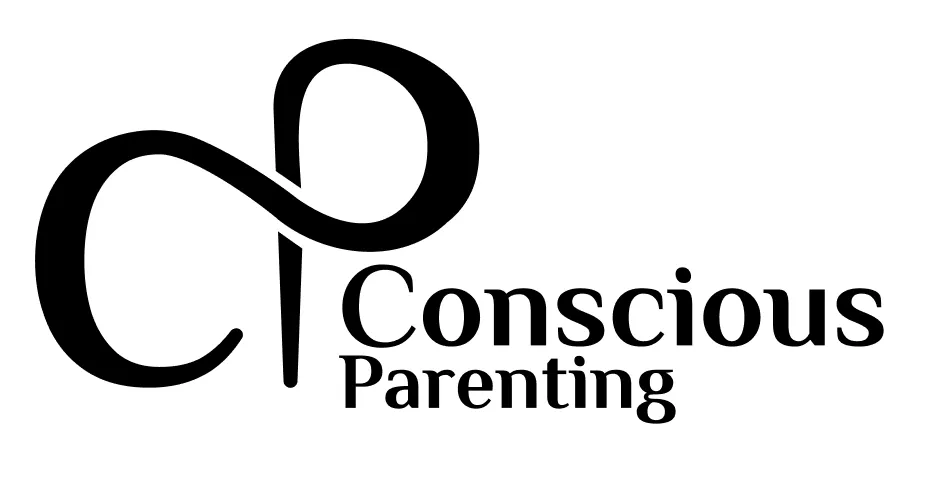
Addictive features are engineered into games and apps

Internet companies often design addictive features into games, apps, and social media to maximize user engagement by leveraging mechanisms that stimulate the brain’s reward system. Here are some of the primary mechanisms and their psychological effects:
1. Variable Rewards (Intermittent Reinforcement)
Mechanism: This feature provides unpredictable rewards, such as likes, comments, loot boxes in games, or random surprises in apps. Users do not know when they will receive a reward or how valuable it will be, which encourages them to keep engaging.
Psychological Effect: This taps into the brain’s dopamine system, creating a reward loop similar to what occurs with gambling. Dopamine, the neurotransmitter associated with pleasure and motivation, spikes during moments of uncertainty and reward. Because users can’t predict when the next “reward” will come, they check their devices repeatedly, creating habits that can become compulsive over time.
References:
A study by B.F. Skinner on operant conditioning demonstrated that variable rewards create stronger, more persistent behaviors (Skinner, 1953). Though originally applied in animal studies, these principles have since been used to design digital engagement strategies
Skinner, B. F. (1953). Science and Human Behavior. New York: Macmillan.Hunt et al. (2018) found that social media platforms leverage intermittent reinforcement to drive engagement, with users checking notifications or refreshing feeds in anticipation of unpredictable social feedback, which mirrors the effects of variable rewards used in gambling.
Hunt, M. G., Marx, R., Lipson, C., & Young, J. (2018). No More FOMO: Limiting Social Media Decreases Loneliness and Depression. Journal of Social and Clinical Psychology, 37(10), 751-768.
2. Infinite Scroll and Autoplay
Mechanism: Platforms like Instagram, Twitter, Netflix and YouTube use infinite scroll or autoplay, which continuously loads new content or automatically plays the next video without user input.
Psychological Effect: These features capitalize on a psychological phenomenon called “flow,” a state where people lose track of time while deeply focused. Infinite scroll and autoplay provide a seamless stream of stimuli that prevents users from disengaging. By removing natural stopping cues, these features create an endless cycle that can lead to overuse and increased screen time.
References:
Infinite scroll and autoplay are designed to prevent natural stopping cues, encouraging prolonged use and binge-watching
Alter, A. (2017). Irresistible: The Rise of Addictive Technology and the Business of Keeping Us Hooked. Penguin Press.In a study published in Cyberpsychology, Behavior, and Social Networking, researchers found that infinite scrolling on platforms like Instagram and Twitter led to significantly increased screen time and greater difficulty disengaging from the content
Meshi, D., Morawetz, C., & Heekeren, H. R. (2020). Nucleus accumbens response to gains in reputation for the self relative to others predicts social media use. Cyberpsychology, Behavior, and Social Networking, 23(10), 681-687.
3. Social Validation Feedback Loop
Mechanism: Platforms like Facebook, Instagram, and Snapchat notify users each time they receive a like, comment, or reaction, creating a form of social validation.
Psychological Effect: Receiving social validation stimulates the brain’s reward centers, reinforcing the desire for more interaction. The dopamine boost from social validation can make users crave more positive feedback, prompting them to check notifications and post content more frequently, which can lead to social media addiction.
References:
A 2016 study by Andreassen et al. showed that receiving social validation via likes, comments, and shares stimulates dopamine release, reinforcing app engagement:
Andreassen, C. S., Pallesen, S., & Griffiths, M. D. (2016). The relationship between addictive use of social media, narcissism, and self-esteem: Findings from a large national survey. Addictive Behaviors, 64, 287-293.In a study on social media addiction, Turel and Qahri-Saremi (2018) found that the brain’s reward system is activated by social validation (e.g., likes and shares), driving compulsive usage similar to substance addiction.
Turel, O., & Qahri-Saremi, H. (2018). Explaining unplanned social media use through a dual-system model: The role of impulsivity and habit. Social Media + Society, 4(1), 2056305118754765.
4. Streaks and Progress Metrics
Mechanism: Apps like Snapchat and Duolingo use streaks to encourage daily usage. Users are motivated to log in every day to maintain their streaks, sometimes even experiencing stress at the thought of breaking them.
Psychological Effect: Streaks leverage the “loss aversion” principle, where people experience a stronger emotional impact from losses than from gains. The fear of losing progress creates a powerful drive to return to the app daily, which builds habitual usage.
References:
Lally et al. (2010) demonstrated that daily repetition of an activity creates habitual behavior. Streaks and progress metrics are used by apps to reinforce daily engagement and form habits
Lally, P., van Jaarsveld, C. H. M., Potts, H. W. W., & Wardle, J. (2010). How are habits formed: Modelling habit formation in the real world. European Journal of Social Psychology, 40(6), 998-1009.Snapchat’s streaks feature leverages “loss aversion,” and its impact on teenage behavior has been studied. A study published in Computers in Human Behavior found that Snapchat streaks create compulsive check-in habits among young users
Vaterlaus, J. M., Barnett, K., Roche, C., & Young, J. A. (2016). "Snapchat is more personal": An exploratory study on Snapchat behaviors and young adult interpersonal relationships. Computers in Human Behavior, 62, 594-601.
5. Push Notifications and Alerts
Mechanism: Apps frequently send push notifications about updates, tags, or promotions to pull users back onto the platform, even when they are not actively engaged.
Psychological Effect: These notifications trigger the “fear of missing out” (FOMO) and create a sense of urgency to respond. Each time users respond to a notification, it reinforces the habit of checking the app and can result in compulsive checking behavior, increasing dependence on their devices.
References:
Rosen et al. (2013) found that frequent push notifications and alerts drive constant checking behavior, which can interrupt activities and increase anxiety when users are unable to check their phones.
Rosen, L. D., Whaling, K., Rab, S., Carrier, L. M., & Cheever, N. A. (2013). Is Facebook creating “iDisorders”? The link between clinical symptoms of psychiatric disorders and technology use, attitudes, and anxiety. Computers in Human Behavior, 29(3), 1243-1254.A study published in Computers in Human Behavior highlighted that FOMO (fear of missing out) and push notifications are strongly correlated, with notifications encouraging users to check in frequently, even if it disrupts daily routines.
Elhai, J. D., Levine, J. C., Dvorak, R. D., & Hall, B. J. (2016). Fear of missing out, need for touch, anxiety and depression are related to problematic smartphone use. Computers in Human Behavior, 63, 509-516.
6. Leveling Up and Achievements
Mechanism: Games use levels, badges, and achievements to reward users for progressing or accomplishing specific tasks.
Psychological Effect: This approach, rooted in “goal-setting theory,” motivates users by setting clear objectives and rewarding progress, which can create a strong sense of accomplishment and pleasure. The progression feedback boosts dopamine release, reinforcing prolonged engagement and motivating users to keep playing.
References:
Przybylski et al. (2010) examined how achievements, leveling up, and goal progression contribute to user motivation in games, showing that these game design elements satisfy intrinsic motivations for competence and accomplishment.
Przybylski, A. K., Rigby, C. S., & Ryan, R. M. (2010). A motivational model of video game engagement. Review of General Psychology, 14(2), 154-166.In a study on mobile gaming, researchers found that leveling and achievement systems significantly impact users’ dopamine response, creating motivation to continue playing to achieve new goals (King et al., 2015).
King, D. L., Delfabbro, P. H., & Griffiths, M. D. (2015). Video game structural characteristics: A new psychological taxonomy. International Journal of Mental Health and Addiction, 13(1), 101-125
These features leverage deep-seated psychological processes to maintain user attention, often at the cost of mental well-being and focus. Awareness of these mechanisms can help users make more conscious choices about their media consumption.
